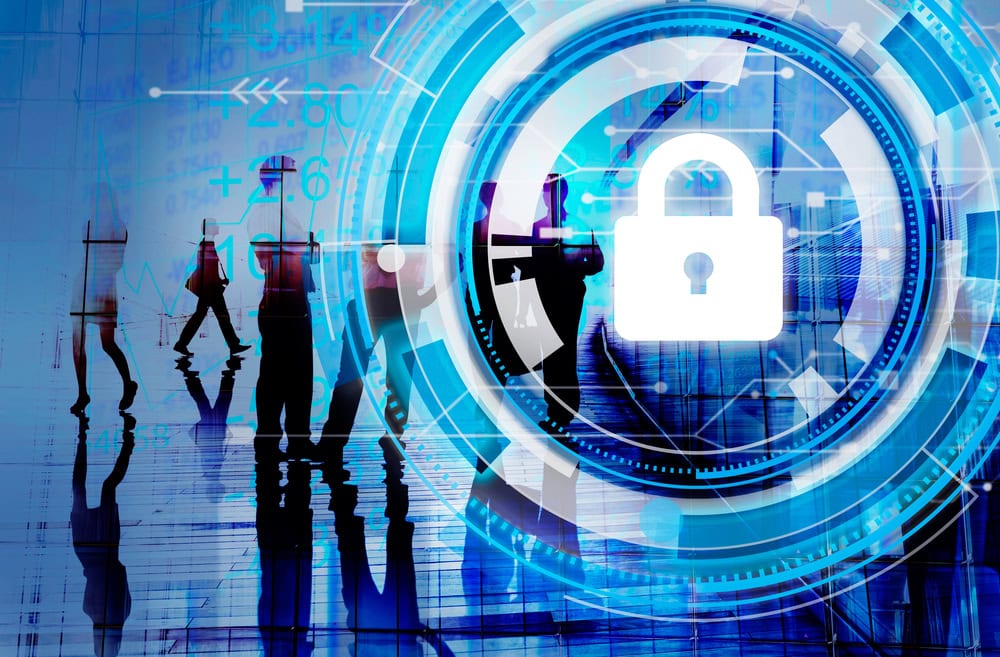Digital Transformation & Cybersecurity: Five Theses
Innovative business models that rely fully on digitization require a different way of thinking about security. Otherwise, digital business models present an attack surface for cybercriminals.

Patrick Bajard, CEO of Atos Switzerland, explains the connection between digitization success and cybersecurity in five theses:
1. digitization requires new security thinking
Social media, mobile applications, analytics, cloud and the Internet of Things are driving digital transformation. However, this also increases the risks. The use of these technologies increases the attack surface for cybercriminals, who are also becoming increasingly organized. The success of the digital transformation will therefore depend heavily on how quickly cyber security develops. This is because it is essential to efficiently counter the increasingly complex, faster and more aggressive threats. A change in thinking is needed for effective cybersecurity management. New models are needed to learn from past threat data and prevent future attacks before they cause damage.
2. digital business requires flexible cybersecurity model
Companies need to understand what cyber risks are associated with their future digital business model. This leads to the need to plan an agile and adaptable security framework in corporate IT from the outset when developing digital services. This is the only way to respond quickly to a changing threat situation in the digital age.
3. integrate and coordinate safety technologies
Previous security decisions must be questioned. The aim must be to achieve 360-degree visibility in security. This means rejecting the coexistence of disparate technologies that are not integrated or aligned. Those who comprehensively understand, continuously adapt and manage cybersecurity for their business also protect their partners and their business. This is an important aspect, especially in the context of the EU's General Data Protection Regulation (GDPR), which also affects Switzerland and is increasingly becoming an indispensable business requirement there.
4. prescriptive security: detect and eliminate threats in advance
To win the race against ever-changing threat landscapes, you need to be proactive and identify vulnerabilities before cybercriminals exploit them. This is where Presciptive Security comes in. It, too, is not a separate technology monitoring process, but an integral part of a comprehensive security solution. Prescriptive Security predicts cyber threats, provides recommended actions and enables automated decision making. This allows attacks to be neutralized before they cause damage. Supercomputers and big data analytics with artificial intelligence are the key technical building blocks for this.
5. cybersecurity is a process and an integral part of the corporate strategy.
Cyber risks are part of the overall risk of any organization and reducing them is complex: In addition to technical aspects, personnel, physical and organizational aspects must also be taken into account. In the age of digital transformation, cyber security must be understood as an integral part of corporate strategy and a permanent task. Risk-reducing measures must be coordinated with one another, implemented in an agile manner, and their impact continuously reviewed. This makes cybersecurity not a project, but a process in which management assumes the role of strategic management.
Compare also article "Companies underestimate risks of digital transformation„









